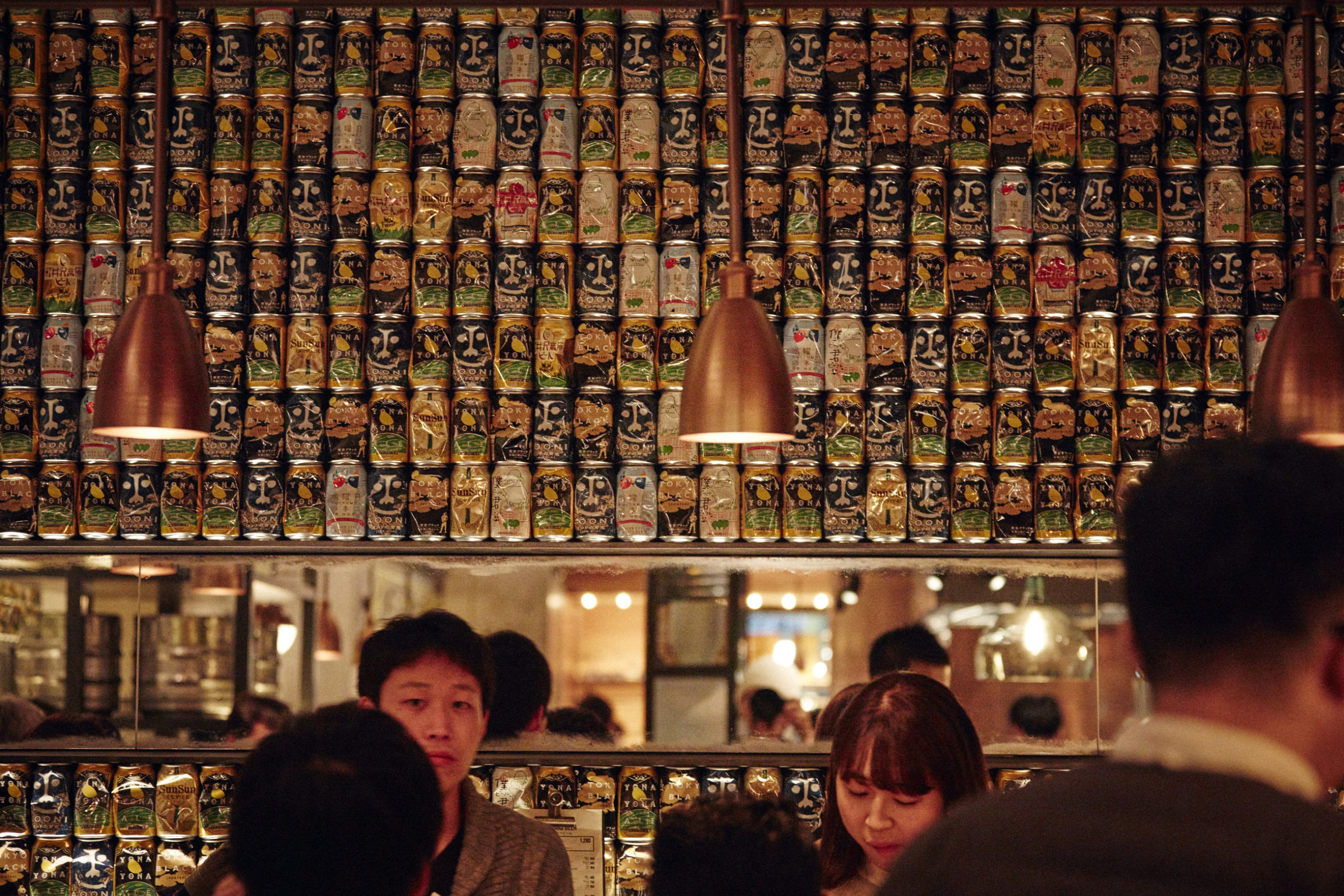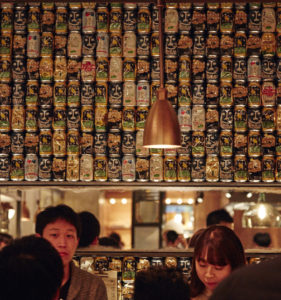Japan is certainly no stranger to good beer. In fact, the country is considered something of a brewing hub with “big hitters” such as Asahi and Kirin being sold worldwide. One of Japan’s most popular beers is named after the spiritual home of Japanese brewing, Sapporo, a city that is considered one of the original brewing hubs (along with locales like Munich and Milwaukee).
Whilst beer was first introduced to the Japanese archipelago by the Dutch who began brewing beer in Nagasaki in the Edo period (1603 – 1868) during trading missions with the local government, it was still a distant second when it came to the nations favorite tipple. However, throughout the 1800s, as Japan went through a period of rapid modernisation and sought to import many new ideas from abroad, beer’s popularity grew steadily. In the aftermath of the second world war, beer finally overtook Nihon-shu (sake) as the country’s favorite alcoholic beverage.

While craft beer in Japan is still in its infancy when compared to the United States and Europe (due in no small part to the strict brewing license regulations that only permitted the major brewing companies to hold licenses until the 1990s), the country’s pioneering craft breweries are now forging a path between traditional beer making process and new methods to produce some truly unique flavors.
During an outing of discovery close to my home in Tokyo, I found a small standing bar called the Shinshu Osake Mura, located in the basement of a non-descript 1970s office building. Upon chatting to the barman, Utsunomiya San, I discovered that the place was entirely devoted to beer from the Japanese province of Nagano.”It is the spiritual home of Japanese craft beer” he assured. “Many of the craft beers from the region use traditional ingredients”.
Traveling about 100 miles to the northwest of Japan’s capital Tokyo, you find yourself in a landscape where the flat rice fields of the Kanto plain give way to jagged snow capped mountains, forests and steep cliffs of Nagano. This area is home to some of Japan’s most breathtaking scenery as well as an abundance of fresh local ingredients that influence its pioneering position at the forefront of Japan’s craft beer scene.
Nagano prefecture (province) is home to some 2.5 million people spread across an area a little larger than the state of Connecticut. What makes this area so interesting is that it is located on a central plain that is ringed by high mountains and so the area has developed a unique identity that shines through its food, festivals and of course, drink.
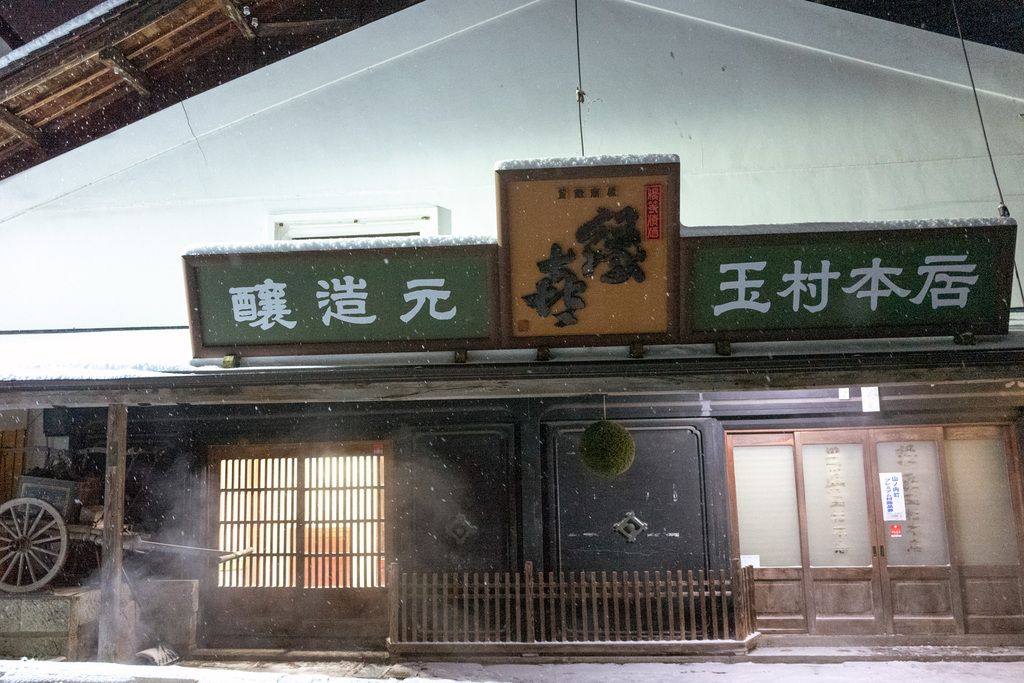
It is a place where the traditions of the past continue and live side by side with those of modernity. It is no coincidence that as it has developed as a hub for Japanese craft beer. The region also has a proud tradition of sake brewing before and many of the techniques and methods used in the ancient preparation of Japanese rice wine have found their way into the modern day beer makers arsenal. The Tamamura Honten brewery has incorporated its long history of sake brewing expertise into its craft beers – even going so far as to create an IPA using sake rice as a key brewing ingredient.
Indeed, for many Nagano breweries, it is a point of pride that some of their most popular and best selling beers such as the ubiquitous Yona Yona pale ale (which can be found in supermarkets and convenience stores across the country) come from families with a proud brewing tradition stretching back over the ages.
Karuizawa, a mountainous resort town on the southern side of Nagano, has become a destination for wealthy Tokyoites to have their beso or country retreat. A mix of traditional Japanese architecture, such as the mountain lodges that have accommodated everyone from the Japanese Emperor to John Lennon, and modern spaces, such as the Prince Resort, make up the town.
The town is very important when it comes to Nagano craft beer as it has long been a place for pioneers, whether they be artists, craftsmen or brewers to try something new. It was this spirit along with pioneers such as the Tamamura Honten brewery and the Hoshino family that led to the beginning of the craft beer movement in the region.
The Karuizawa Brewery, named after the town itself, is a good starting point as the brewery’s beers are still firmly entrenched with the beer widely available around the region. The Karuizawa brewery represents a more traditional style of brewing using local Nagano ingredients. Offerings include a seasonal selection such as the Ouka Ranman, a clean and crisp spring pilsner that is supposed to be drunk while enjoying a hanami (cherry blossom viewing party), the Kougen Kinshu an autumnal altbier whose ruby color and rich, malty and sweet taste with notes of chestnut is a good compliment for autumn in the region and the Fuyukikou weizen, a winter beer that is crisper and sharper than a more traditional weizen. The Yuzu ale is perhaps the gold standard for its regular collection. This ale is made with the addition of copious amounts of Japanese Yuzu citrus fruit and has (as you might expect) a strong citrus taste with a satisfying tart finish.
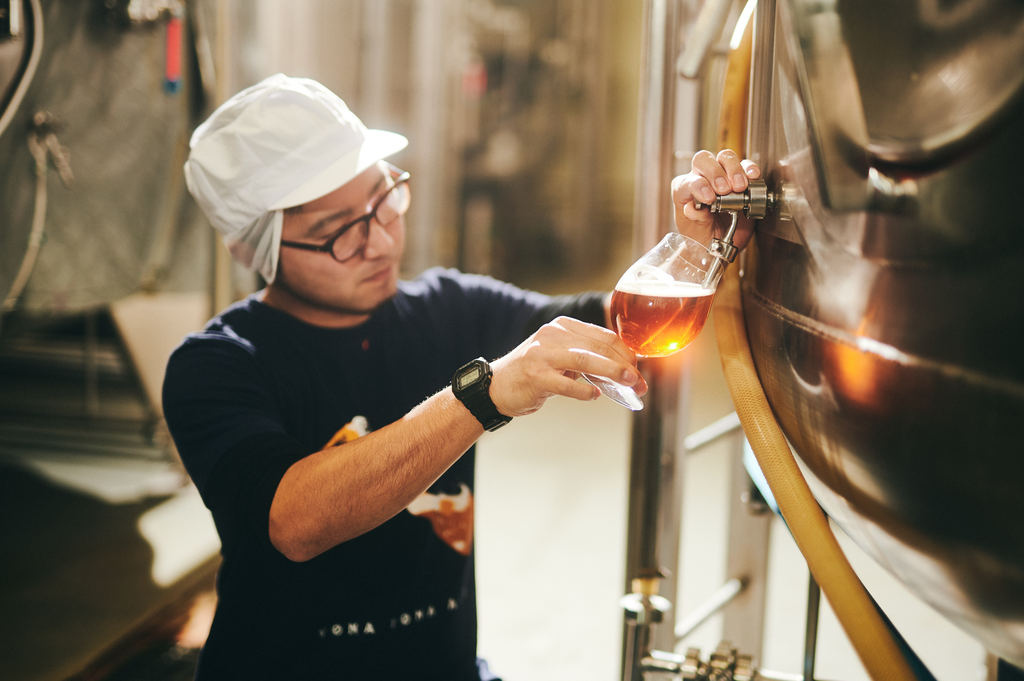
Yo-Ho, the other brewery based in Karuizawa, takes a more modern approach. Founded by Yoshiharu Hoshino, who was inspired after first trying a Sierra Nevada pale ale when studying in the United States. According to Yusuke Miyokoshi, the brand’s overseas sales manager, “He was used to drinking lager in Japan and he didn’t actually know that there was any other kind of beer but the hoppy bitterness really blew him away.”
The taste clearly made an impression as being something that was different when at home in Japan where people were still only drinking the ubiquitous larger brands. He decided to make a beer back home in Nagano for the Japanese market.
Yo-Ho’s Aoni (a fragrant and fruity IPA), Tokyo Black (a creamy and mild porter with a sweet, nutty texture) and Yona Yona ale have grown a large fanbase over the past two decades.
Both Karuizawa Brewery and Yo-Ho utilize flavors that tie back to elements in Nagano. Miyokoshi says that this comes down to the abundance of great ingredients that are found in Nagano. Whilst Yo-Ho experiments with flavors and styles from around the world, they have been consistently and proudly able to tie their beers back to Nagano. He mentions that even the water that flows down from the snow capped mountains dotted around the region – including its active volcanos – is the perfect compliment to the brewing process. The balance of the water’s purity and mineral content are a vital component to the final taste.
It is these factors that have led to Yo-Ho creating some limited-edition beers. The first of these, their Sorry! Umami IPA brewed with bonito flakes is a well-balanced refreshing beer that has the umami it’s named after but (thankfully!) does not come with a fishy aftertaste. Yo-Ho also has the Sorry! Nippon Citrus Ale and the Sorry! Sakura Mochi Stout (a creamy and sweet stout with notes of chocolate and soy sauce that is brewed using mochi rice cakes).
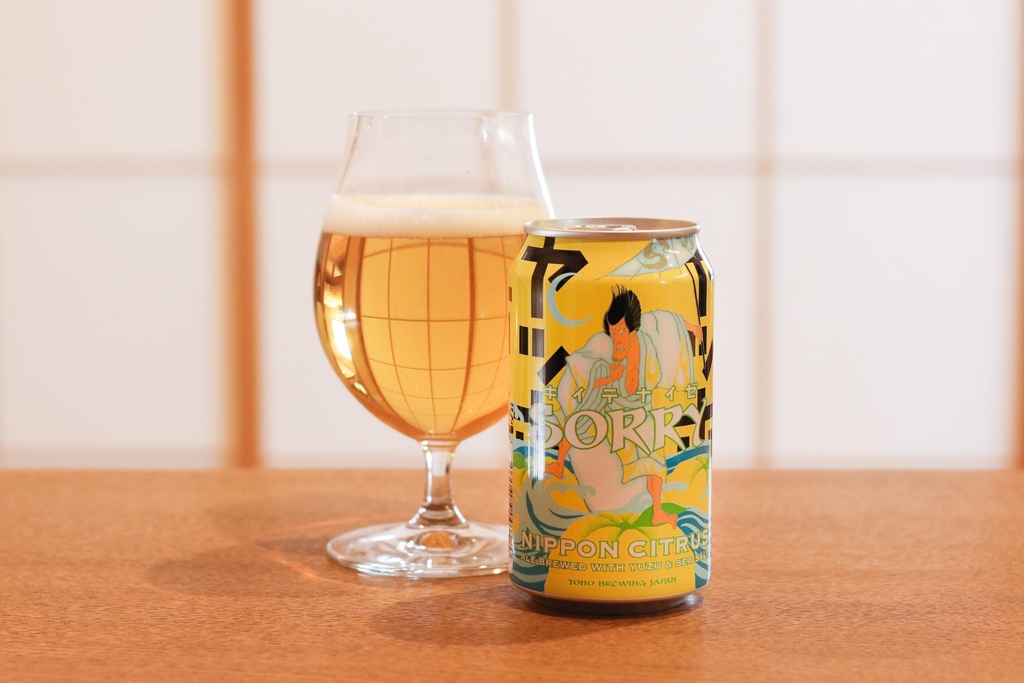
Another important Nagano hub in the craft brewing scene, Yudanaka, is home to some of the region’s best and oldest sake breweries. Tamamura Honten, one such brewery, has been making sake since 1805. After more than two centuries of brewing, the family decided to also branch out into brewing craft beer and, in 2004, Shiga Kogen beer was born.
I had the opportunity to speak with Mr. Sato, the current master brewer at Tamamura Honten and the 8th generation of his family to continue the business. He mentioned that when it comes to brewing craft beer, he considers Nagano to be “The center of the universe,” because of the region’s excellent agricultural land and (once again) its plentiful supply of fresh, clean, mineral-rich water.
The Shiga Kogen beers that Sato San and his team at Tamamura Honten produce are a testament to the family’s long history and wealth of experience in the Nagano brewing industry. What began as something of a cottage industry with beers distributed locally has grown to include collaborations with a number of other breweries from around the world.
The bestseller is the Shiga Kogen IPA, a subtle and balanced beer with hints of grapefruit bitterness that is available in craft beer bars around the country. However, Shiga Kogen, also has a wide range of excellent limited edition beers that it brews from the freshly grown Shinshu Wase hops (a combination between local and Czech varieties) that are also cultivated at the brewery. These include a number of superb harvest beers and perhaps my favorite of all, the Shiga Kogen Indian Summer Saison. A superb saison that is exquisitely fragrant with notes of spices, melon and apple with a dry finish. A beer that is very easy drinking yet complex in flavor.
So, as my journey drew to a close, I was still turning one question over in my mind. What makes Nagano such a good place for beer?
I hit upon the conclusion that Nagano’s prevalence as one of the best beer destinations in Japan is something of a mixture. A combination of a sense of tradition and ceremony that gives it a strong sense of character and the accessibility of fresh and uniquely Japanese ingredients.
I settled on my final thought that it was this perfect storm of these elements, both human and natural, that gave the beers made in the region their unique Nagano taste.

